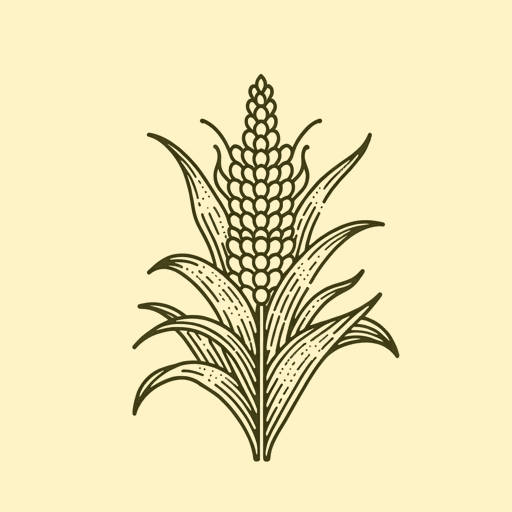34 pages • 1 hour read
William CrononChanges in the Land: Indians, Colonists, and the Ecology of New England
Nonfiction | Book | Adult | Published in 1983A modern alternative to SparkNotes and CliffsNotes, SuperSummary offers high-quality Study Guides with detailed chapter summaries and analysis of major themes, characters, and more.
Chapters 2-4Chapter Summaries & Analyses
Part II: The Ecological Transformation of Colonial New England
Chapter 2: “Landscape and Patchwork” Summary
Cronon launches the details of his argument in this chapter by delineating both the Native Americans’ and European settlers’ uses of land and other ecological resources during the pre-colonial period. Cronon grounds his ideas in the contemporaneous writings of European visitors to and settlers in New England. He is careful to outline the agendas or biases of many of his sources from Europe, who saw the New World through the lens of an unimaginable plenty when compared to the settled and already commodified environment of Europe. Since most visitors came to view the wonders of the New World, they were loath to criticize it or to report upon the difficulties faced by new settlers.
Cronon lists the large numbers and varieties of the animal and plant life found by early visitors. The abundance of natural resources, including fish and timber, astonished all who visited New England. These abundant resources also included fish, fowl, and many types of game—such as bears, deer, wolves, foxes, beavers, and otters. The most striking ecological difference between pre-colonial New England and England was the lack of domesticated animals such as horses, sheep, cattle, or cats.
The views of the early visitors, Cronon argues, are necessarily incomplete because they did not visit areas much beyond the coast, and they explored the environment with preconceived notions resulting from their cultural biases, particularly regarding exploiting New England’s environment for profit.
Related Titles
By William Cronon


